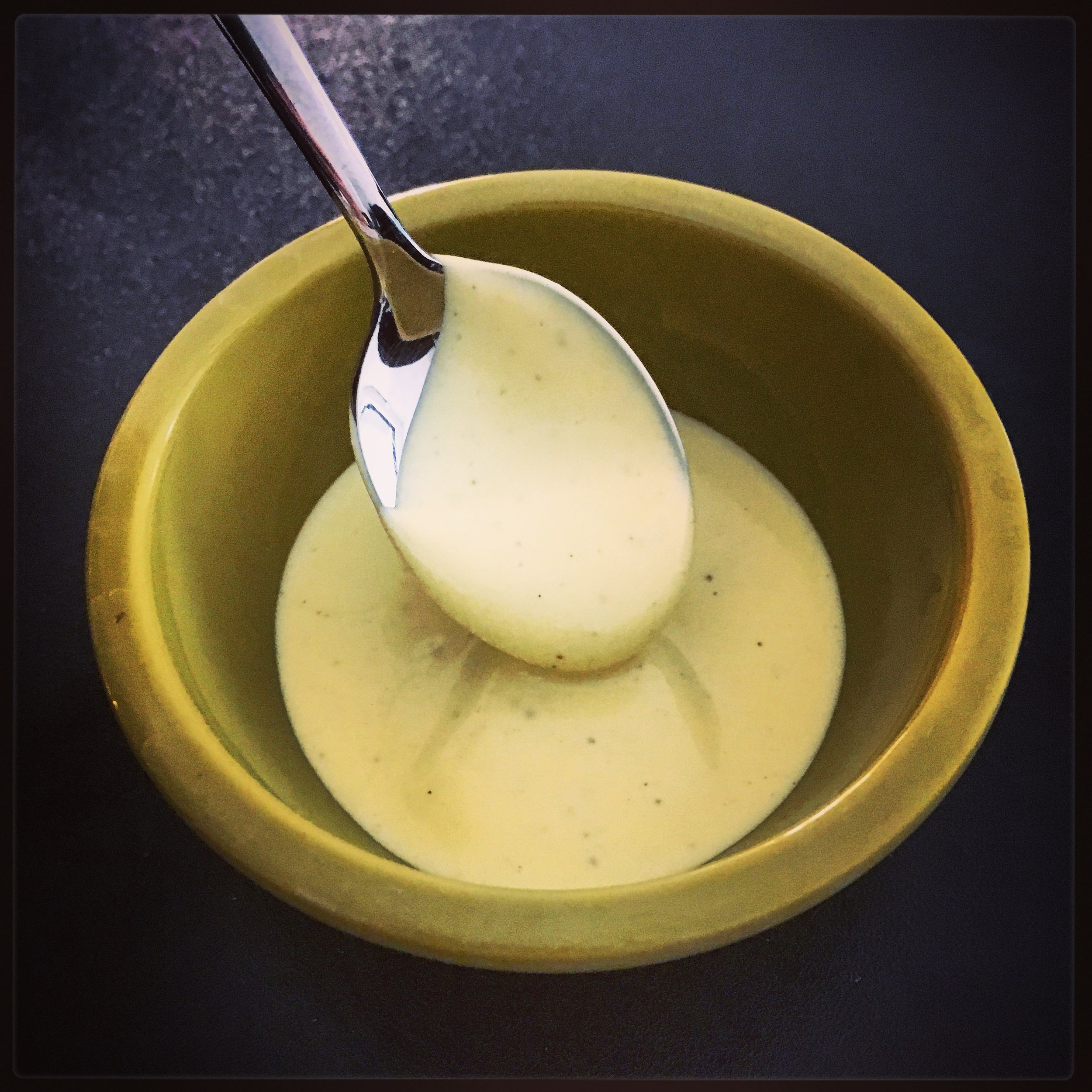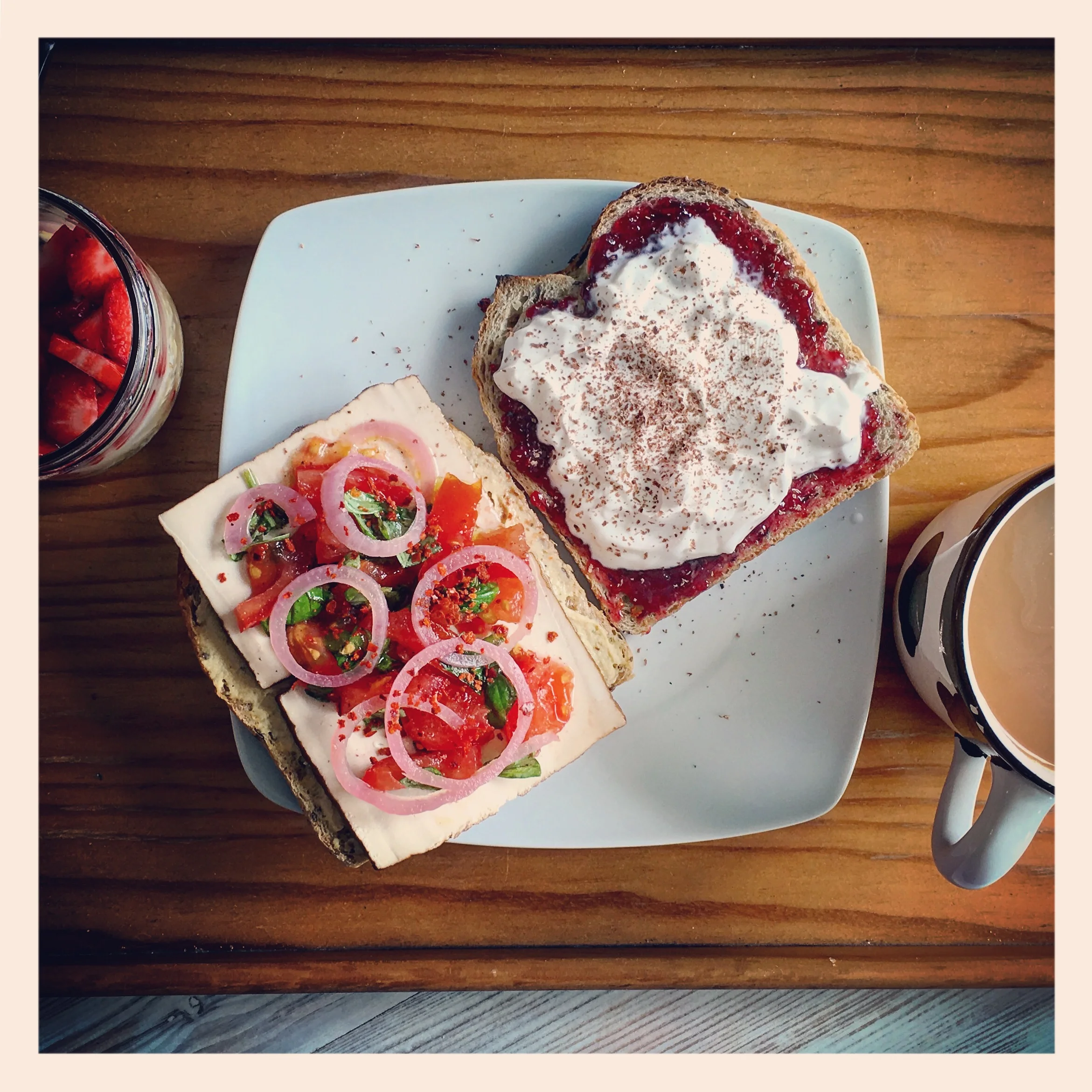Peruvian yellow chili strike against climate change!
This was not a good season for the balcony garden efforts.
2019 will go down in history as a summer of violent hailstorms and 5°C early morning temperatures up until May-June, followed by several bursts of relentless 39°C days during June-July. You know it got extreme, when in mid-summer you are advised not to open your windows as not to let the heat in, whilst keeping the bad air quality out. The first summer that it got this awful, since I am in Germany at least.
I had seven chili plant seedlings ready to harden up by end March. Two died in the demonic April-May hailstorms. Five survived. I always thought of this Capsicum variety to be a hardy, good producer and grateful plant. With relatively little resources they give a lot in return. They accept life in a small pot and forgetful watering schedules. They thrive even on North-west facing balconies (ie. Maximum four hours direct sunlight in the height of summer). But still, they striked against the worst summer ever.
I will keep fond hopeful memories of the harvest of last year (2018), where I had to use a hefty Ikea basket to hold the entire bounty. Six plants in total that produced over 6 kilos of delicious, aromatic, well-sized, super spicy Peruvian yellow chilies from early May until late September. “Aji Amarillo”, as we Peruvians know it, is the absolute cornerstone of our cuisine
Link to this Instagram post.
When I first came to Germany, once the novelty of the first months wore off, I really started to miss the food... the spice, the boldness of flavours. Back then there was no Peruvian restaurant in Konstanz. I ran out of stock of the sachets of yellow chili paste that travelled with me across the Atlantic. I set off to trial every similar looking option I saw fresh in German or ethnic supermarkets: cayennes, jalapenhos, habaneros, bell peppers, cute sweet snack paprikas… and blends them-of. In some of those experiments I burned my insides (tongue, etc) because some of them should not be used as full ingredients. Tough lesson. All of them just lacked the harmonious balance of fruitiness, generous flesh and heat that I have been used to.
Furthermore, in my tiny Konstanz flat I did not have a balcony, more like large windows. It still was possible to harvest a handful, but this varietal really needs the natural predators that come from the outside. This is a plant extremely prone to aphids and no amount of indoors love will succeed in fighting them off. Come spring, the seedlings need to go outside, harden off and get their support out of ladybugs and them all beautiful warriors. The plants grow up weak otherwise.
Some years later I moved to the North-West-ish region of Germany, where the sunlight per year is measured in number of hours, usually with a maximum three-digit count. Meaning: a couple of weeks straight without sunshine is not unusual, October through May are grey rainy times… I did not care, I set off to find a flat with a nice balcony, no matter what. I got lucky.
View of the balcony garden during mid afternoon and thriving chili plants. Link to this post.
First year, was all about my adaptation to the seemingly barren climate. Germination rate from my seed stock was good enough to get me through the season and have seeds from the second generation.
Second year, was all about the consolidation of my love of gardening. Learning curve over, I was harvesting full crops, saving seeds and cooking with my own chilies. But it was more like a harvest-to-fork situation, with no excess stock.
No filter.
Third year, I got the luxury of becoming creative. The harvest was so prolific on a weekly basis, that I had to come up with ways to use them all. You should probably know, that a standard one-person flat in Düsseldorf comes with doll-sized fridges where my 90´s Tetris skills came super handy and where the freezer is literally big enough for: two trays of icecubes, one random Tupperware with leftovers and a Ziplock bag of chilies. Freezing the entire harvest was not an option.
My own fermented hot sauce. Watch out for that sneaky Kahm yeast, ´cuz it really likes to invade chili fermentation. Kahm yeast is that thin white-ish veil that will cover the surface of your brine while it is fermenting. It is not harmful, it actually changes the taste of your ferments to a slightly more cheesy note, but it is freaky to have a white wrinkly blob on your food that you have to strain out in the end.
Unripe green chilies make for a scorching “green chile pesto” from Youtube´s Chef John at Foodwishes. Warning: you gotta stick to the recipe. Do not change the chili type like I did. Stick to poblanos or substitute by inocuous sweet green bells. I repeat: DO NOT use Peruvian chilies for making green chile pesto. It does burn you twice.
The aroma of the roasting peppers is still in my memory…
I discovered a leftover freezing technique from Jamie Oliver. Use small (1cup or so) ziplock bags to store whatever puree/liquid you wanna keep. Squeeze out the air, freeze it laying flat and once rock solid you then stack´em up, same as Marie Kondo would on an overloaded bookshelf. I spent entire weekends lovingly blanching, peeling, de-seeding and blending my own product with no added salt, acidity or preservatives. The sensory experience out of this puree is almost like using the fresh chilies for all the standard Peruvian recipes, it is aromatic and bright vivid orange that does not fade away in over one year frozen storage.
Beautiful bright orange, even after one year in my tiny freezer.
I also used the natural drying technique where I threaded the whole chilies via their little stem and tied them up like a beautiful wild necklace. I am very happy to live in such dry weather region that makes “urban living-room food dehydration” possible. You can imagine that the resulting usage and flavor of this product is very different versus the blanched puree version. It is moreish, deep, with intense capsicum notes. How I normally use these beauties: I rehydrate them in some water before using them like a normal frozen whole chili, that when thawed becomes soggy, but that is ok. I am so grateful for my off-season Peruvian Aji Amarillo availability in Nord-Rhein Westfalen.
Urban livingroom chili dehydration.
Arguably “the cornerstone” of Peruvian cooking. “One of many cornerstones” sounds more accurate. Throw in that list: cilantro and cumin that are easily found. Most Peruvians will also add the “Aji Panca”, but the following statement might make me want to delete this post later due to potential backlash: if you find a decent ethnic store that sells Mexican dried chiles. Not Chipotle, not Chile de arbol, but Ancho Chile… Close enough. I refuse to discuss other unique Peruvian produce like the giant Andean corn or the Papa Amarilla or Papa Huamantanga. Their memories are way too painful for me. Cannot. Bring. Myself. To. Remember. Them.
A meager few units that will not get to ripen on the bush. This is my only harvest. No seed saving for next season. My valiant plants have striked against climate change. I am sure of this.












